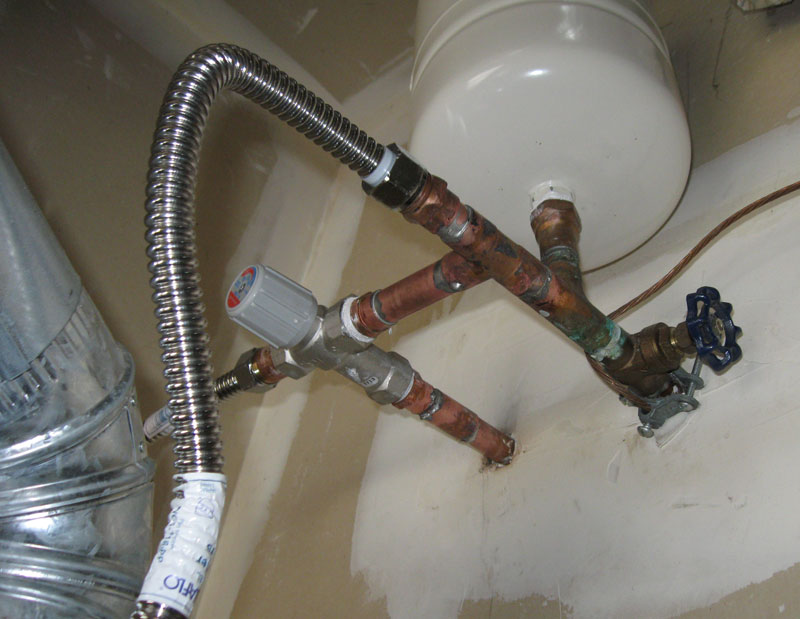GreenTruck
New Member
I recently installed a new oversized bath tub. My current electric 40 gallon water tank cannot provide enough hot water to fill the tub to a comfortable level. After a so so bath, there is no hot water for quite a while in the house. I was thinking about switching to a tankless water heater, but am not quite sure what I need. What is the best way to remedy this situation?
Here are the particulars of my house. It is a 1200 sq' 2 bed 2 bath in southern california. The house is 100 years old but has gas service and a 200 amp electrical panel. My current water heater is 40 gallons and 3 years old. I cannot put a larger one in due to size of the cabinet and don't want to relocate a new one due to outside appearance. The tub will hold almost 70 gallons before it hits the waste and overflow (according to the manufacture). It is a tub shower with a regular tub faucet and shower head. The other bathroom is a just a shower.
Thanks for the help,
Sam
Here are the particulars of my house. It is a 1200 sq' 2 bed 2 bath in southern california. The house is 100 years old but has gas service and a 200 amp electrical panel. My current water heater is 40 gallons and 3 years old. I cannot put a larger one in due to size of the cabinet and don't want to relocate a new one due to outside appearance. The tub will hold almost 70 gallons before it hits the waste and overflow (according to the manufacture). It is a tub shower with a regular tub faucet and shower head. The other bathroom is a just a shower.
Thanks for the help,
Sam


